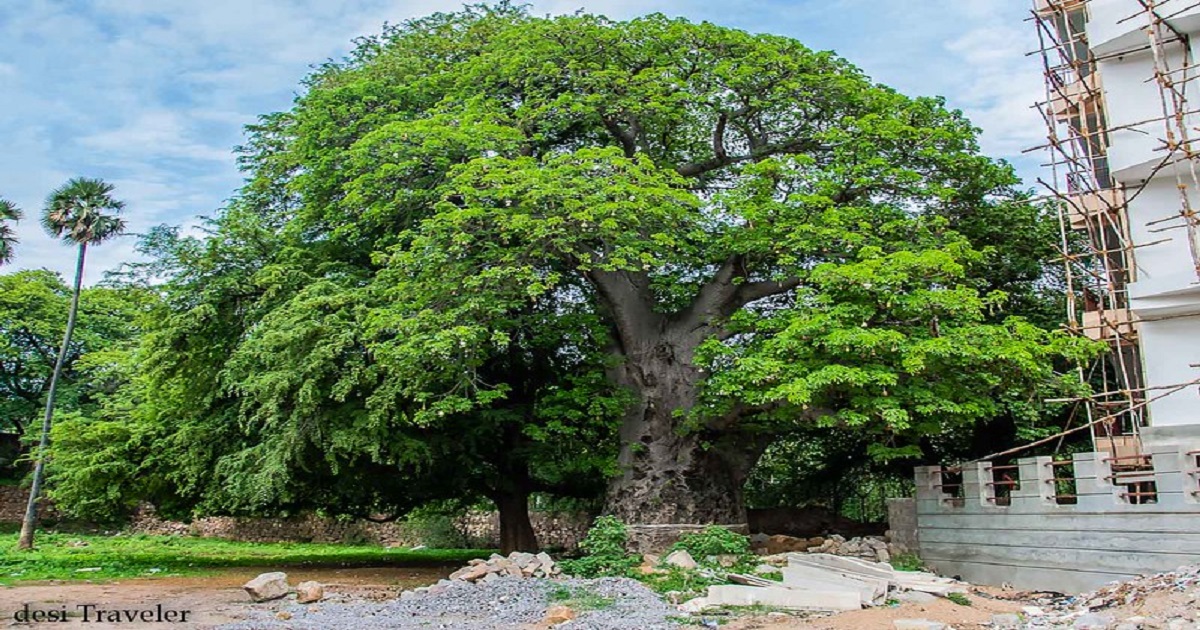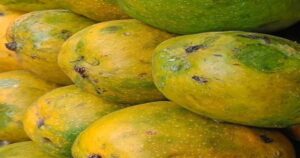The Kalpavriksha tree, also known as the Kalpataru tree, holds a revered position in Hindu mythology and Indian culture. It is often depicted as a wish-fulfilling divine tree that symbolizes prosperity, fertility, and spiritual fulfillment. Let’s delve into the various aspects of this sacred tree, from its botanical characteristics to its cultural significance and beyond.
Botanical Characteristics
The Kalpavriksha tree is a mythical entity, but it is often associated with the Banyan tree (Ficus benghalensis) in botanical terms. The Banyan tree, with its sprawling aerial roots and expansive canopy, is believed to embody the essence of the Kalpavriksha. This species is native to the Indian subcontinent and is found in tropical and subtropical regions.
Cultural Significance
In Hindu mythology, the Kalpavriksha tree finds mention in ancient scriptures such as the Ramayana and the Mahabharata. It is believed to be a celestial tree that fulfills the wishes of those who seek its blessings. The tree is often worshiped during religious ceremonies and festivals, symbolizing abundance and prosperity.
Medicinal Properties
Apart from its mythological significance, the Kalpavriksha tree has been revered for its medicinal properties in traditional Indian medicine, Ayurveda. Various parts of the tree, including its leaves, bark, and roots, are used to treat ailments ranging from digestive disorders to skin conditions. Modern scientific research is also exploring the therapeutic potential of compounds derived from the tree.
Environmental Importance
The Kalpavriksha tree plays a crucial role in maintaining ecological balance. Its extensive root system helps prevent soil erosion, while its dense foliage provides shade and habitat for numerous species of birds and animals. However, deforestation and urbanization pose significant threats to its survival, highlighting the need for conservation efforts.
Kalpavriksha in Art and Literature
The imagery of the Kalpavriksha tree has inspired artists and writers for centuries. It is often depicted in religious paintings and sculptures, symbolizing auspiciousness and divine blessings. References to the Kalpavriksha can also be found in classical Indian literature and poetry, where it is portrayed as a source of spiritual nourishment.
Tourist Attractions
Several Kalpavriksha trees across India have become popular tourist attractions, drawing visitors from far and wide. These ancient trees are revered for their age and cultural significance, with devotees often making pilgrimages to seek blessings and fulfill their wishes.
Challenges and Threats
Despite its cultural and ecological importance, the Kalpavriksha tree faces numerous challenges, including deforestation, habitat loss, and urban encroachment. Conservation efforts are underway to protect these sacred trees and preserve their legacy for future generations.
Conclusion
The Kalpavriksha tree stands as a symbol of divine blessings and spiritual nourishment in Hindu mythology and Indian culture. Its rich cultural heritage, coupled with its ecological significance, underscores the need for concerted conservation efforts to ensure its survival for generations to come.
Unique FAQs
- Are all Banyan trees considered Kalpavriksha trees?
- While the Banyan tree is often associated with the Kalpavriksha, not all Banyan trees are considered divine or wish-fulfilling.
- Can the Kalpavriksha tree really fulfill wishes?
- The belief in the Kalpavriksha’s wish-fulfilling capabilities is deeply rooted in Hindu mythology and cultural traditions, symbolizing the fulfillment of spiritual aspirations rather than material desires.
- What are some common rituals associated with the worship of Kalpavriksha trees?
- Devotees often perform rituals such as circumambulating the tree, offering prayers, and tying threads or ribbons around its trunk as a symbol of their wishes.
- Are there any famous Kalpavriksha trees that tourists can visit?
- Yes, several ancient Banyan trees in India, such as the Parijaat tree in Uttar Pradesh and the Akshayavat tree in Prayagraj, are revered as Kalpavriksha trees and attract tourists and pilgrims alike.
- How can individuals contribute to the conservation of Kalpavriksha trees?
- Individuals can support conservation efforts by planting native tree species, participating in tree-planting drives, and advocating for the protection of green spaces and natural habitats.





















